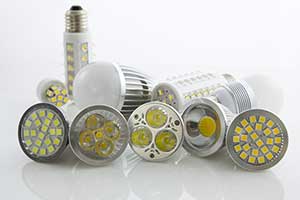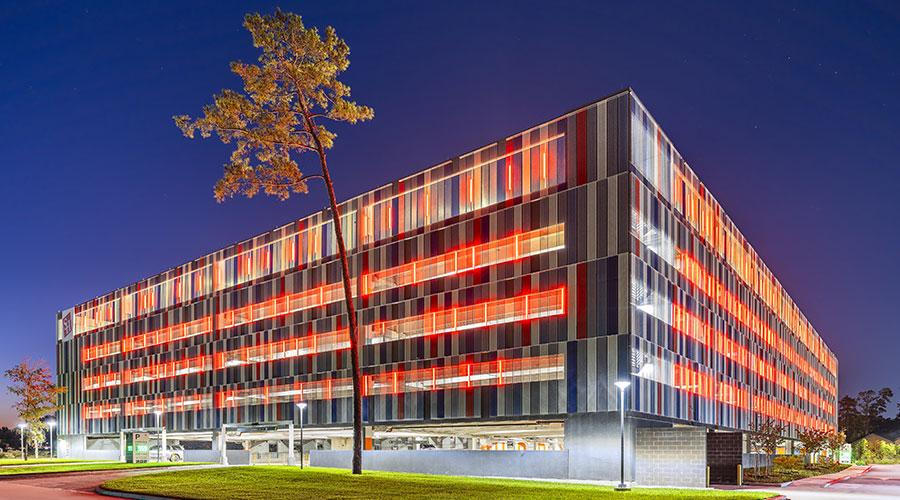Determining Successful Rate of Return on LED Upgrage Project
Part 2 of 3 articles covering the product options associated with LEDs
Managers seeking to ensure successful lighting-system upgrades incorporating LEDs first need to know the local code requirements regarding light levels. For example, how many foot-candles does each application require? Also, the color of the light is important in some applications, and the type of fixture is certainly important because its reflecting quality can add significantly to the overall efficiency and the coverage in square feet per fixture.
From a cost standpoint, managers need to compare the power requirement from the old system to the upgraded system. For example, a 40-watt (W) LED fixture can replace a 160 W fluorescent fixture with two T-12, 8-foot tubes and deliver the same lighting level — 1-2 foot-candles. This is a typical indoor garage installation. Managers can use these steps to calculate the savings:
- old fluorescent fixture power use — 160 W
- new LED fixture power use — 40 W
- difference — 120 W power savings per fixture
- number of fixtures — 25
- total power savings — 120 x 25 = 3,000 W
- hours of annual use — 24 x 7 x 52 = 8,736 hours
- kilowatt-hours (kWh) saved — 8,736 x 3,000 / 1,000 = 26,208 kWh saved annually
- cost savings at $0.10 per kWh — 26,208 x $0.10 = $2,621 energy savings per year.
Add to this figure savings in bulbs, ballast replacement, and other maintenance, and 25 LED fixtures can save more than $2,700 per year in energy costs. In addition, the LEDs last five years, while the fluorescent tubes last about a year. Also, add a utility rebate for the energy savings, and the result is a solid 20 percent annual return on the investment.
Related Topics:















